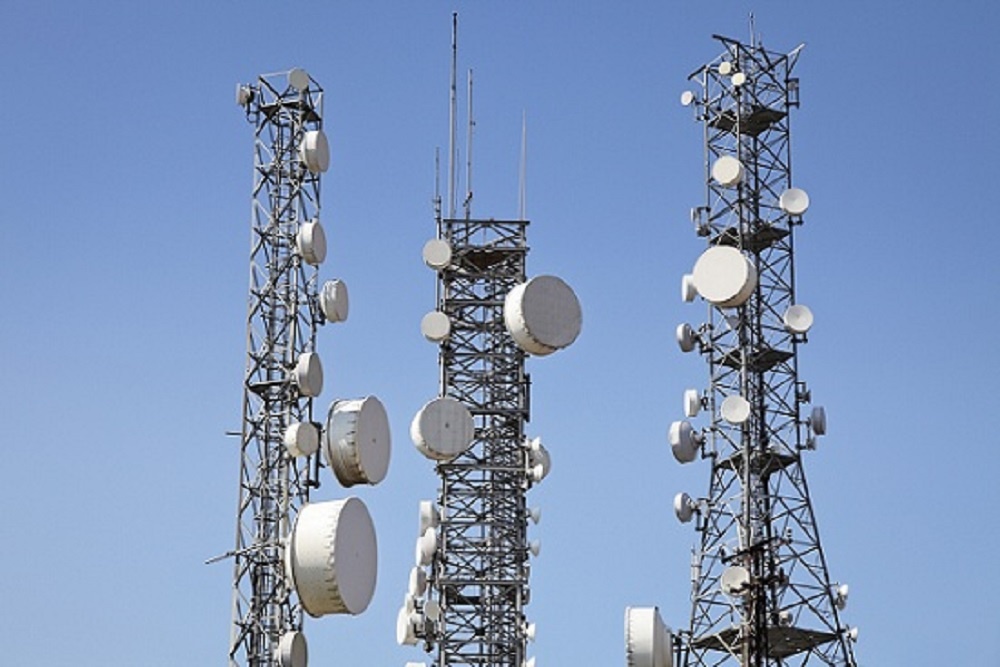Amidst economic downturn telecoms continue to propel the Nigerian economy with real positive impact on GDP
April 5, 2024
Nigeria’s telecoms Sector is perhaps the only sector in the country that has continued to witness exponential growth, contributing significantly to the nation’s GDP at 16.66 percent in Q4 of 2023 according to the Nigeria Communications Commission (NCC).
It has become one of the major contributors and attracting $64 million in Foreign Direct Investments in the third quarter of 2023 according to the National Bureau of Statistics (NBS) 2023, Q4 report.
Quarter on quarter, the sector also recorded an increase in contribution when compared with the figure recorded in Q3, 2023.
Even as the country is witnessing an explosion in its population; especially its youth demographics, the economy however is seen to be shrinking just as fast. But experts have looked to a common course of making telecoms and ICT the next employment haven.
This, no doubt is alluded to by the fact that the telecoms sector in Nigeria has become investors’ choice in Africa.
Impact of States on telecoms subscribers’ base
The NBS Q4, 2023 telecoms report also highlight the contribution of states to the overall subscribers’ base in Nigeria. Which states are lagging behind?
On state profile analysis, Lagos state had the highest number of active voice subscribers in Q4 2023 with 26, 739,346, followed by Ogun with 13,070,779 and Kano with 12,325,633. On the other hand, Bayelsa still recorded the least with 1,557,786, followed by Zamfara and Gombe with 2,772,424 and 2,785,030 respectively.
Similarly, Lagos state had the highest number of active internet subscribers in Q4 2023 with 18,927,446, followed by Ogun with 9,570,463 and Kano with 9,031,581. Likewise, Bayelsa recorded the least active internet subscriber with 1,193,525, followed by Zamfara and Gombe with 1,959,252 and 2,100,073 respectively. However, MTN maintains its status as the telecommunication service providers with highest share of subscriptions in Q4 2023.
The total number of active voice subscribers was 224,713,710 in Q4 2023 from 222,571,568 recorded in the corresponding quarter of 2022, indicating a growth rate of 0.96%. On a quarter-on-quarter basis, this rose by 1.32%.
Also, in Q4 2023, the total number of active internet subscribers stood at 163,838,439 from 154,847,901 reported in Q4 2022, showing an increase of 5.81%. On a quarter-on-quarter basis, this grew by 2.29%.
The telecoms industry in Nigeria, undoubtedly has progressed in voice mobile telephony but a lot still has to be done in the area of data and internet subscriptions to have more Nigerians connected.
Government’s strategic plan (2023-2027) for the sector
- To boost Nigeria’s broadband penetration rate from 45 percent in August 2023, according to the Nigeria Communication Commission to 70 percent by the end of 2025
- Intends to increase capital raised by Nigerian tech startups by 50 percent year-on-year from $1 billion/year in 2022 to $5 billion/year in 2027.
- 75 percent fibre optic cable target by 2027 – With the aim of providing widespread access to ensure that citizens are connected, the Federal Government intends to focus on executing the broadband strategy to lay 95,000 kilometers of fibre optic cable across the country.
- 22 percent net GDP contribution by 2027 – The plan speculates an increased net GDP contribution of the telecommunications sector to 22 percent of GDP by the end of 2027.
- Increase investment into Nigeria’s telecoms sector by 15% year on year, amongst others
This shows government’s preparedness to propel the Nigerian economy to a fully digitalised economy, coupled with the NCC’s good corporate governance.
Reporting by: Theresa Igata








